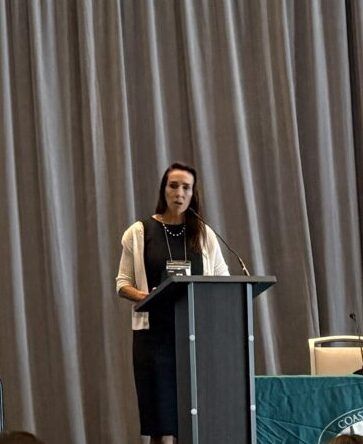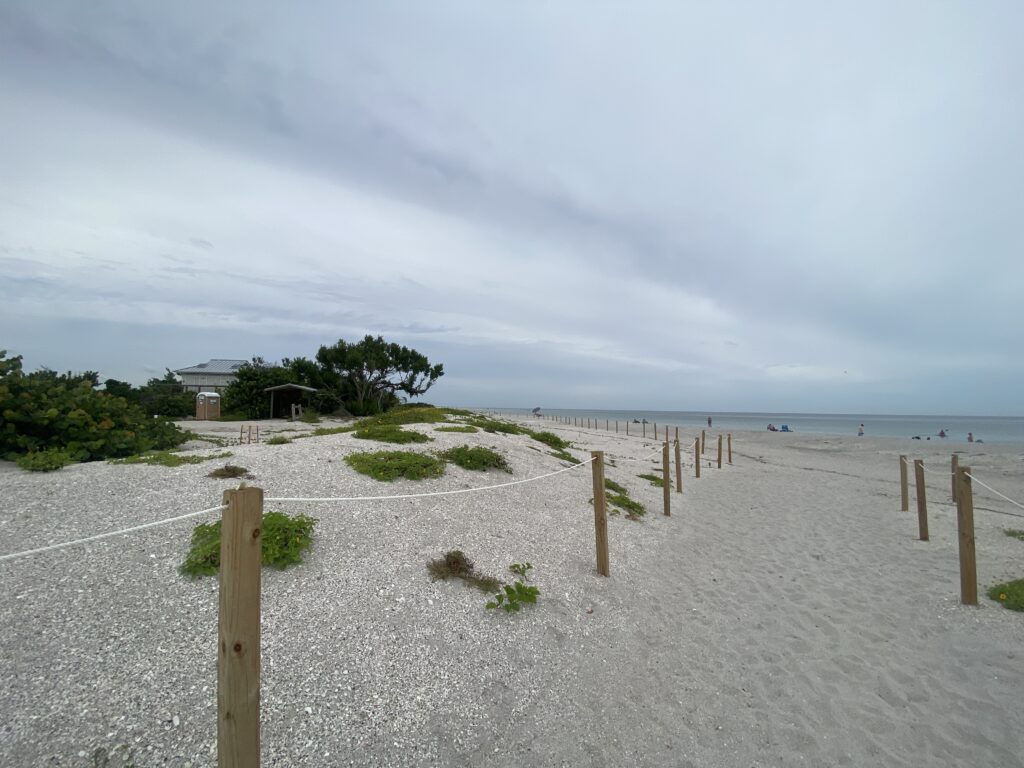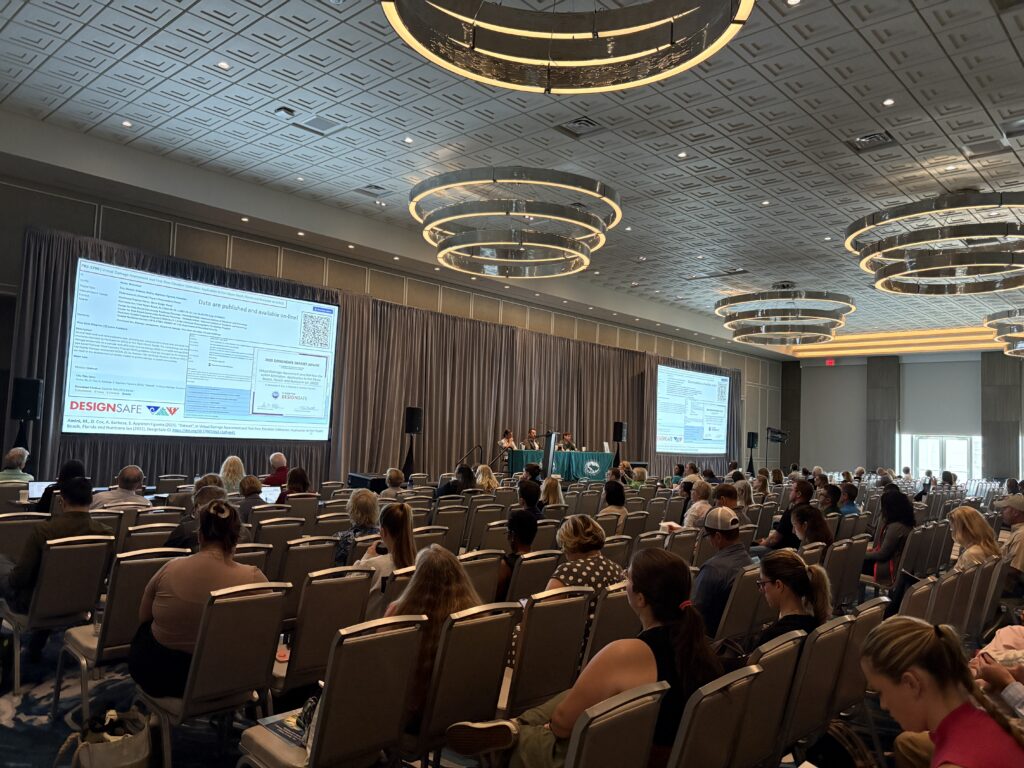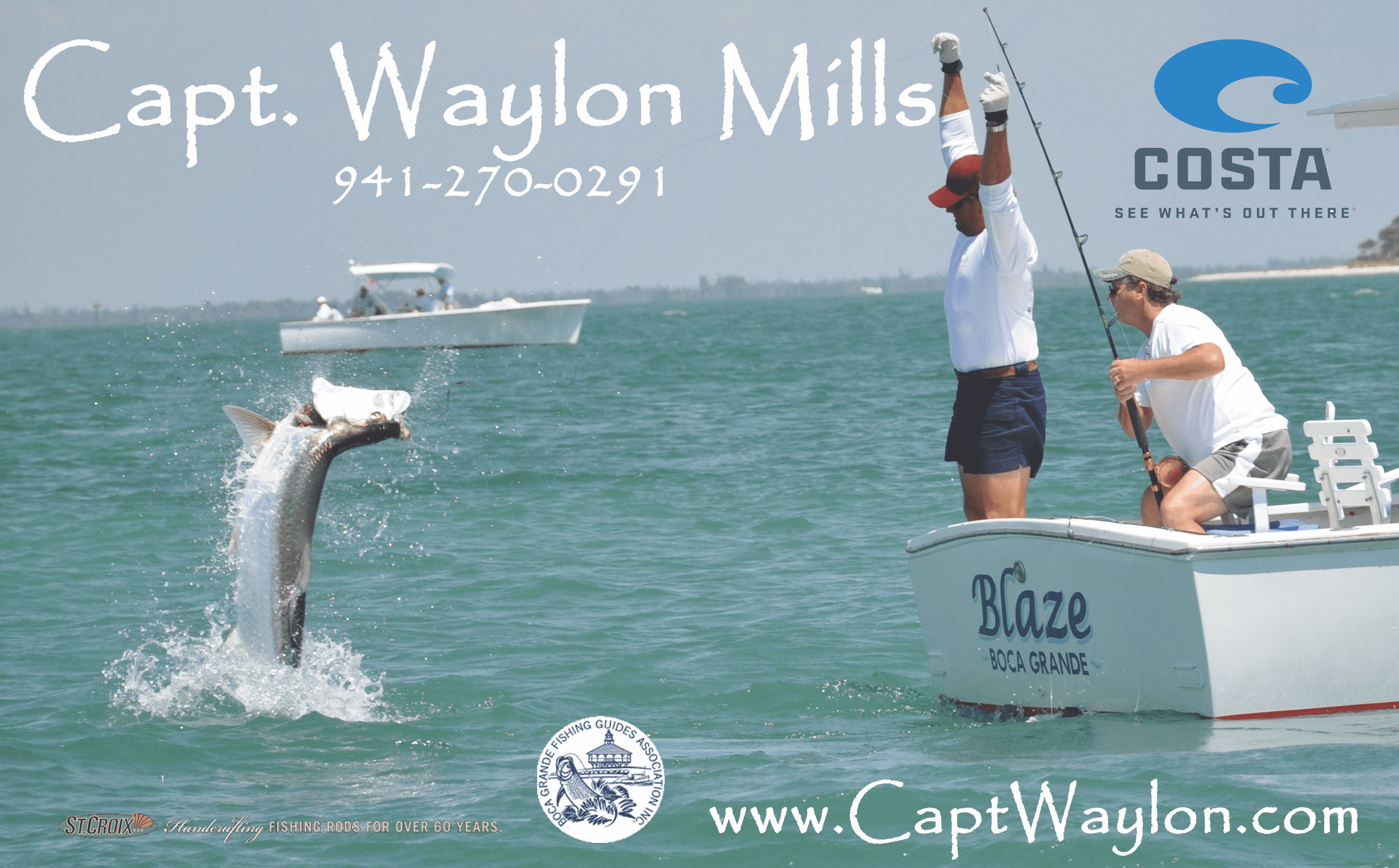IN THE SPOTLIGHT: The Resiliency Summit

The state takes on water, weather
Above, Mary Margaret Hull of Southwest Florida Water Management District. Photo by Angela
The fifth annual Southwest Florida Resiliency Summit brought together scientists, policymakers, planners and residents this week at Sunseeker Resort Charlotte Harbor. For two days, experts unpacked the science of sea level rise, flooding and hurricane recovery, and more importantly, what it all means for communities along our coast. From Gasparilla Island to Charlotte Harbor and the Lemon Bay Watershed, the message was clear: the challenges are real, but so are the solutions.
Increasing Coastal Water Levels
The opening session painted a sobering picture of what higher seas mean for daily life in Southwest Florida. “The water doesn’t just rise from one direction,” explained Brian McNoldy, senior research associate at the University of Miami. “It’s tides, it’s storm surge, it’s rain, it’s river flooding – and sometimes those things stack on top of each other.” Dan Rizza of Climate Central underscored how much technology has improved in recent years: “We can now map coastal flood risks down to the neighborhood level. That allows emergency managers and residents alike to understand what’s coming and prepare accordingly.”
Florida International University’s Tiffany Troxler highlighted the role of wetlands in adapting to these challenges. Coastal wetlands such as mangroves and marshes, she explained, not only store carbon but also help absorb rising water, reduce flooding and protect inland areas. Their health and restoration will be essential for resilience as seas continue to rise.
Closer to home, Boca Beacon readers have a front-row seat to resilience in action. The Gasparilla Causeway armoring project is underway, where crews are installing marine mattresses and riprap to stabilize the roadway and protect against erosion. It’s a highly visible example of adapting to rising water.
Water Management Districts
The newly appointed resilience coordinator for the Southwest Florida Water Management District, Mary Margaret Hull, explained how her agency builds resilience across four areas: water supply, water quality, natural systems and flood protection. “We’re already seeing stronger storms, shifting rainfall, hotter summers and rising seas,” Hull said. “That’s why our district is building resilience into our core functions, including planning, permitting, restoration and operations.”
Hull pointed to projects with direct impact on the region:
• A 9.3-billion-gallon reservoir being built in DeSoto County to store excess Peace River flows during the rainy season.
• Real-time flood forecasting tools now being piloted in Hillsborough County, which could expand to other basins.
• Restoration of natural buffers such as the Lemon Bay Wildflower Preserve in Englewood, where an abandoned golf course has been returned to wetlands that absorb floodwaters and protect nearby neighborhoods.
It’s a reminder that resilience isn’t only about seawalls and pumps. Sometimes it’s about restoring the land’s natural ability to take a hit and bounce back.

Lessons from Recent Hurricanes
Day two opened with some of the most practical takeaways of the summit, drawing from the hard lessons of Hurricanes Ian, Helene and Milton.
Joel Caouette of Sanibel shared the role that nature played during Ian’s surge. “That mangrove fringe definitely helped capture some of that storm surge flooding,” he said. Living shorelines that include mangroves or oyster reefs may not stop a storm, but they may reduce damage and speed recovery.
Technology also took center stage. Brian Glazer, a professor at the University of Hawaii, described how tide gauges and water-level sensors are transforming emergency management. “These gauges give emergency managers a heads-up in real time – when to close a road, when to send crews, when to pull people back,” he said. The combination of green infrastructure like dunes and mangroves with new monitoring tools may prove to be the strongest defense against local flooding.
On Gasparilla Island and at Stump Pass, beachgoers may have already noticed a piece of that solution: the roped-off dunes at state park beaches. Sea oats, dune sunflowers and sea grapes – nearly wiped out by Ian, Helene and Milton – are rebounding. Their roots anchor sand in place, forming the first line of defense against the next storm.
New Community Initiatives
The final session shifted focus to what’s happening at the local government level. Nicole Iadevaia, director of research and restoration at the Coastal & Heartland National Estuary Partnership, described how funding and data are being funneled directly into county projects. “We are working with Charlotte, Polk, DeSoto, Highlands and others to provide vulnerability assessments,” she said. “That means identifying which facilities are at risk – hospitals, fire stations, wastewater plants – and helping counties prioritize what to fix first.” Executive Director of the Central Florida Regional Planning Council, Jennifer Codo-Salisbury, emphasized that resilience isn’t just good planning – it’s good economics. “Every dollar invested for resiliency … that’s $13 saved,” she said. “So as we look at the long range, and we look at our budgets, and go, ‘Oh my goodness,’ because there’s never enough money – that investment is well worth it.”
Both speakers stressed that community voices matter. Models and maps can point to risks, but residents often highlight the problem spots that aren’t obvious on paper. That local knowledge is now feeding into adaptation plans that will guide which projects move forward first.

The Takeaway for Our Coast
Across the sessions, the message was consistent: building resilience requires a mix of science, planning and public participation. It’s data and technology, but also dunes and mangroves. It’s billion-gallon reservoirs and roped-off patches of sea oats. And most importantly, it’s a community effort.
As Iadevaia put it, “Healthy ecosystems and smart planning help us better cope with the stressors of flooding and storms … Continued capacity and funding support is needed to build for the future and for continued quality of life where we are now.”
For readers across Gasparilla Island and coastal Lee and Charlotte counties, resilience isn’t a distant policy discussion. It’s the traffic cones on the Causeway, the green shoots pushing up from the dunes and the regional projects quietly preparing our communities for the storms ahead.









